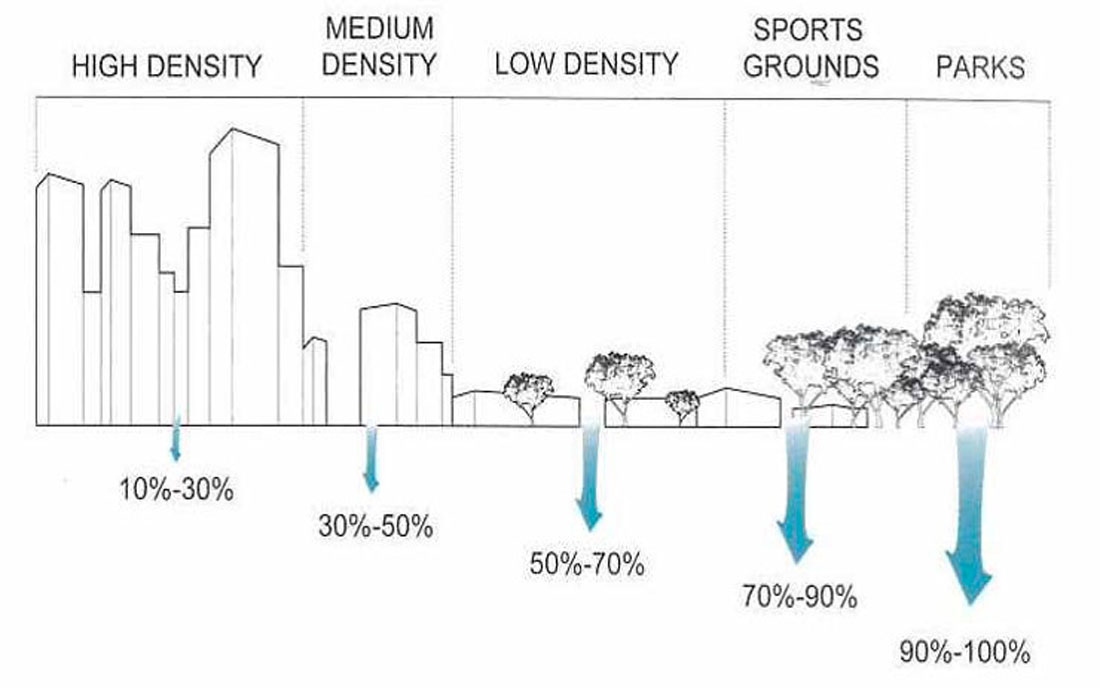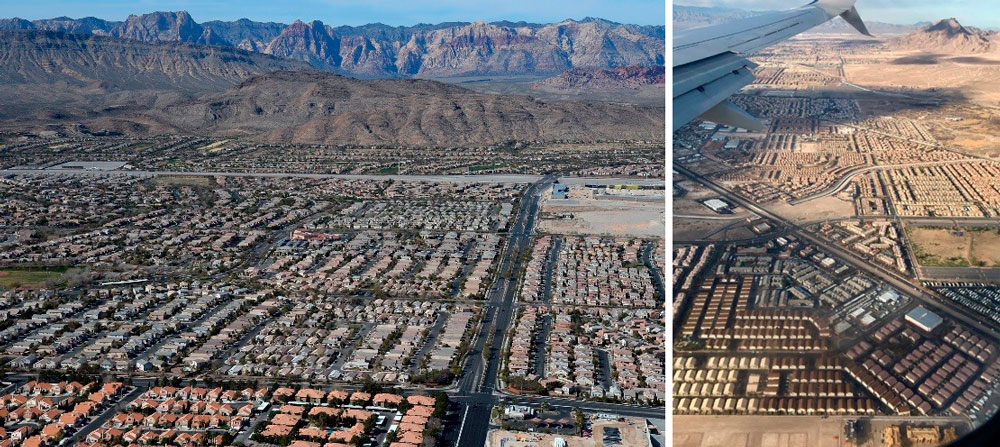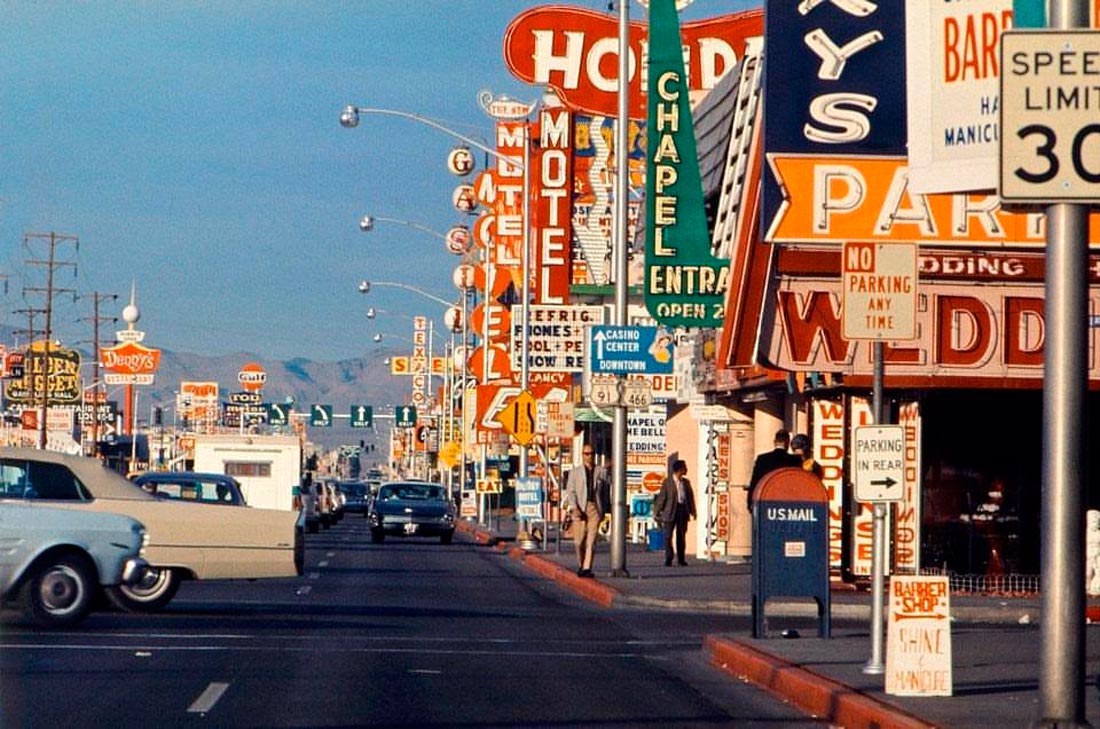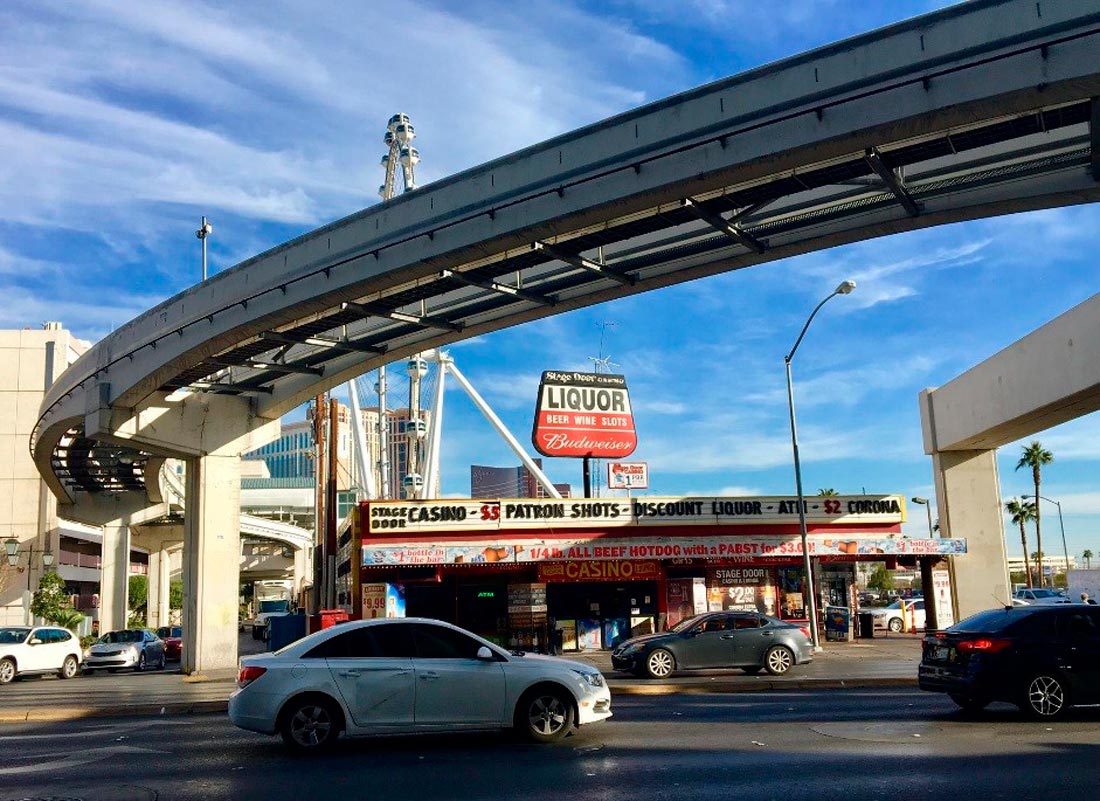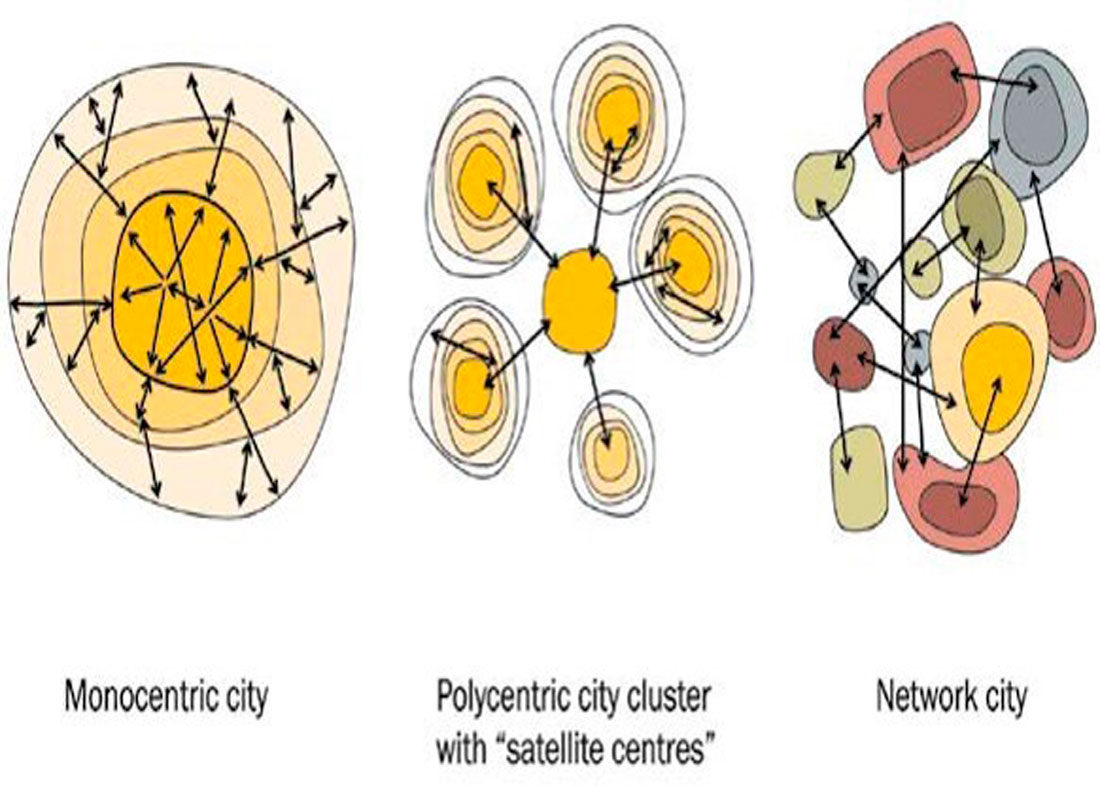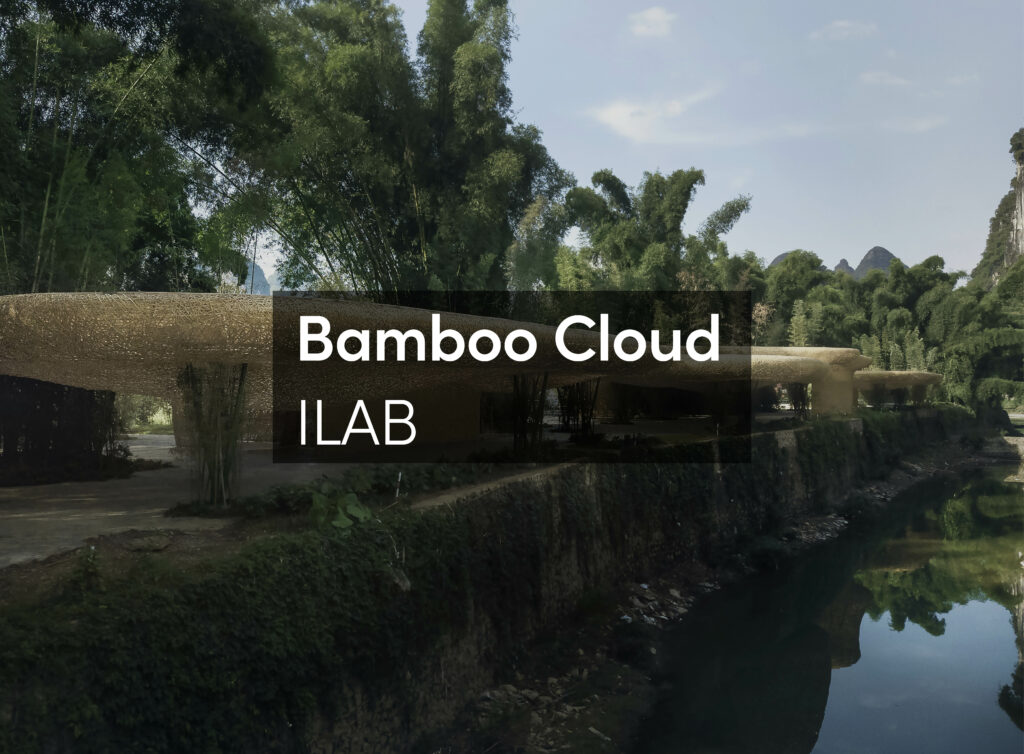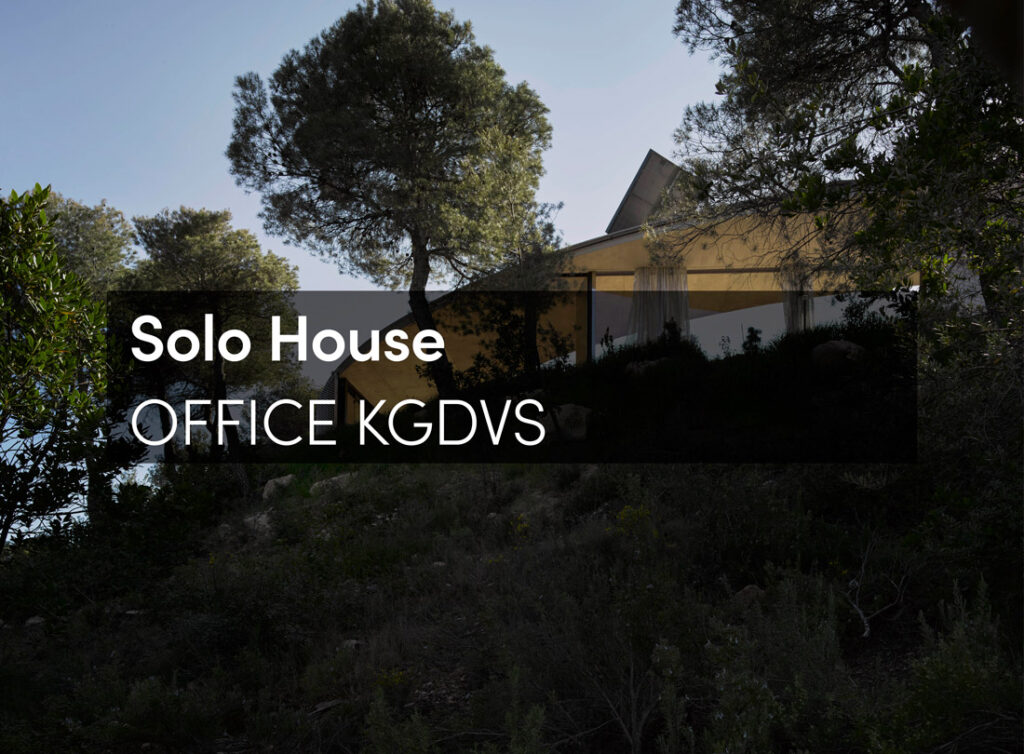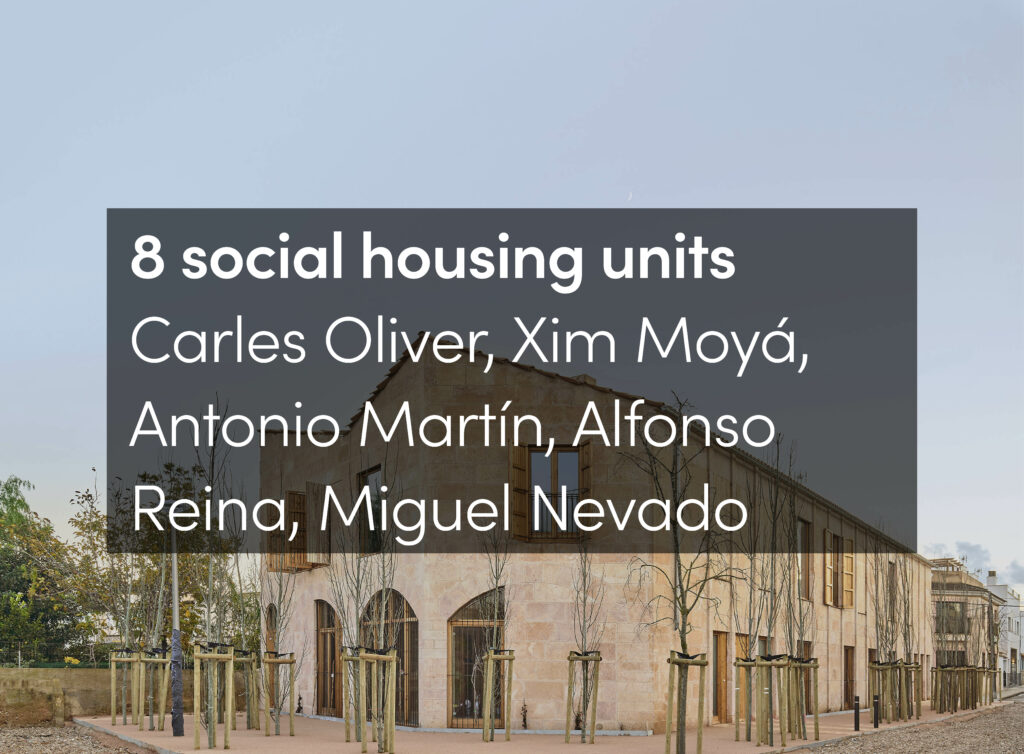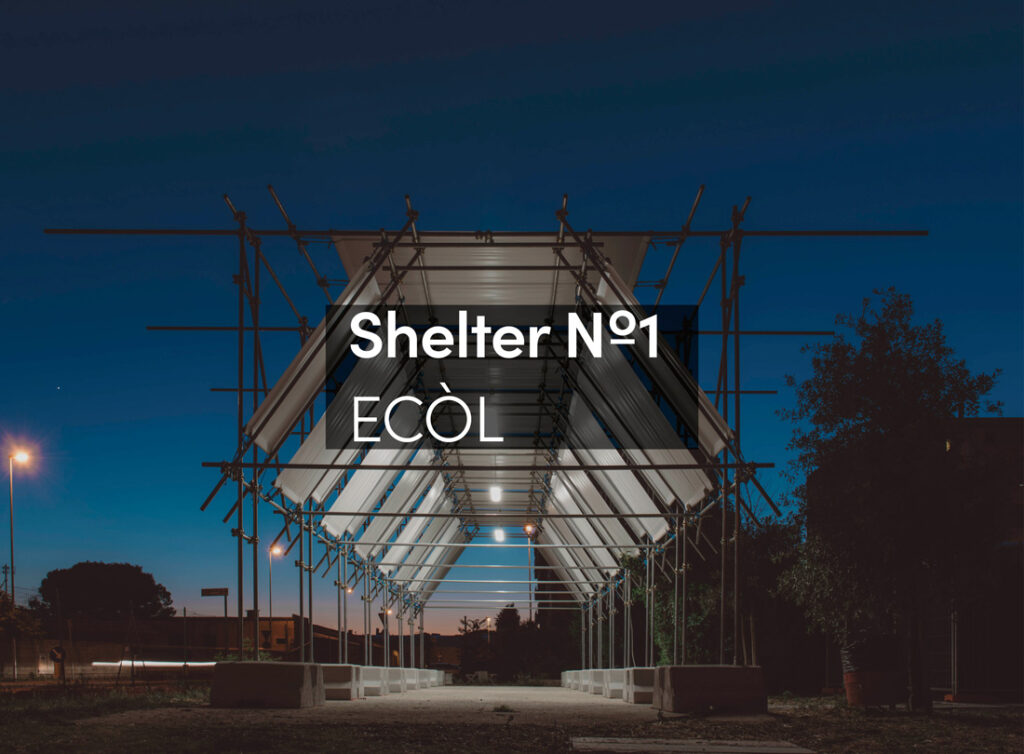1 Introduction
All cities can transform their urban form to accommodate new configurations of programs, connectivity and activities. For some cities, this process will take longer, while others can do it more quickly.
When living in the UK I became interested in the density comparison between UK and US cities, and the question: What is it like to live in the driest desert city in North America, Las Vegas? How could this unsustainable condition be made resource-efficient and liveable?
I found comparing UK cities with US cities helps to better understand the urban qualities of cities in the United States.
The sprawling, urbanistically controversial city of Las Vegas is an interesting case to study (Venturi, Scott Brown and Izenour, 1969/1972; Garreau, 1992; Sorkin, 1992; Hess, 1993; Gandelsonas, 1999; Inam, 2016; de Salvatierra and Solana, 2018). It is a geographically isolated city and one of the fastest growing metropolitan areas in the US, with over 2 million residents. According to UNLV population forecasts, there will be an additional 835,000 people by 2035. Unlike most other cities, Las Vegas has not been developed on the banks of a river or estuary but in the unforgivable climate of the Mojave Desert, where water scarcity and solar gain are key issues (the whole city could easily be run on solar power). With weekend tourists swelling the city’s population to 3 million, all of these people require water, energy, food and transport. Las Vegas gets, on average, less than five inches of rainfall a year – it is the driest city in the US – where everything competes for what little water exists.
Instead of accepting the reality of “limits to growth” (Meadows et al/Club of Rome, 1972), Las Vegas is not known for resourcefulness. The city has a fragility and precariousness but remains to a large degree in a state of denial about its environmental vulnerability. Scientists warn that in 50 years, due to global warming and soaring summer temperatures, Las Vegas and the American Southwest might become largely uninhabitable (Rich, 2018).
The American city is different: it is largely built by private investment (the Strip is a good example of this) and, as a consequence, public policy is heavily shaped by private profit motives and initiatives – one of the reasons why the benefits of urban projects are unevenly distributed, and economic gain has priority over social benefits (Inam, 2015). Affordable housing, environmental measures and infrastructure for public transport is not always funded. Most of the city, apart from the Strip, is not pedestrian-friendly, and the windowless casinos along the Strip are designed with the aim of keeping people inside.
Compared to the UK or Europe, the United States is always much harsher in its economic realities. Throughout the 20th century, the availability of cheap gasoline fuelled suburban construction, but when petrol became more expensive the suburb was no longer a good idea. Nevertheless, everybody still drives in Las Vegas. The residential neighbourhoods are mono-functional (not mixed-use), car-dependent (not walkable) and sprawling (not compact enough). Urban infill is a new concept in Las Vegas. While it is obvious to most planners that the future of Las Vegas will depend on the acceptance of a very strict and tight growth boundary and smart densification methods to slowly increase population density, the necessary change in mind-set has not yet happened. However, a growth boundary for all development is increasingly recognized as the only way to reduce the current car-dependency and to enable feasible public transport in the form of a bus rapid transit system or a light railway. There is also increasing interest in cycling and a Downtown Bike Lane Master Plan for 250 miles of bike lanes has been developed in 2016.
The most current regional planning vision document of Las Vegas, developed by Southern Nevada Strong, is online here: http://sns.rtcsnv.com/. It is a vision document developed under the leadership of the Regional Transportation Commission (RTC) of Southern Nevada. The RTC is a regional entity that oversees public transportation, traffic management, roadway design and transportation planning efforts known as Southern Nevada Strong. Hence, the vision has a strong view on transport issues and is weak on all the other aspects of a sustainable city. It is probably time to raise the question of whether the RTC is the best agency to drive a sustainable city vision.
Las Vegas is such an interesting place to study because it is an intense hub of human activity, entrepreneurial spirit, and a product of the automobile era that is on the cusp of fundamental change. It has a strong economic base in the area of hospitality, tourism, retail, health care and sports events. Numerous good initiatives are on the way to make the city more sustainable: despite its reputation for being wasteful, Las Vegas reuses 93% of its water (data 2017). This has become a necessity, as water resources keep shrinking. Lake Mead was created by the Hoover Dam in 1935 and provides water for over 20 million people in the region. 90% of the water in Las Vegas comes from Lake Mead. Since 2000 the water level of Lake Mead has shrunk. A whole-hearted move towards water recycling was a matter of survival and gives us hope that further initiatives will follow. As cities get denser, the issues of water management and urban heat become significant (see: Fig. 1).
Figure 1 Water management is significant for cities, especially for ‘desert cities’ like Las Vegas. As urban density increases and there are more non-penetrable surfaces, additional solutions are required to ensure that rainwater can recharge the groundwater (diagram: courtesy of T. Spiegelhalter)
50 years after Learning from Las Vegas (Venturi, Scott Brown and Izenour, 1969/1972), the new urban vision includes taking more advantage of the solar energy available all year round (beside some small initiatives, solar power is so far a widely untapped resource), pursuing a powerful vision of restricting fossil energy use in favour of an increase in renewable energy supply, helping to envisage a future powered by 100% solar energy (Scheer, 2006; Droege, 2008). Upscaling the use of solar power will be the logical next step. Studies are also on the way to examine the whole life cycle of the city, its buildings and neighbourhoods, and rethink its urban systems, to ensure economic growth does not damage the sensitive desert ecosystem.
2 There is More than the Strip to Las Vegas
The Strip is not the only lesson to be learnt from Las Vegas. The sprawling suburbs that stretch outward from the city are evidence that there are ‘real’ people living in Las Vegas. However, most residents live in a parallel world to the 43 million tourists who arrive in the city each year and spend most of their time around the Strip. Las Vegas is a city with little truly public space; most of it is privatized, commercialized and controlled 24/7. This is the ‘quasi’ public space of the casinos, hotels and entertainment venues. Most of the time pedestrian circulation along the Strip leads to indoor passages within the casinos and resorts. The indoor pedestrian realm is much larger than the outdoor realm; it is the real sidewalk of Las Vegas (Altwood and Schwartz, 2010).
The US trend of public spaces and sidewalks becoming commercialized, internalized and guarded by private security has also arrived in UK cities; it is a dangerous trend, as it will create areas that poorer residents are unable to enjoy. Studies have indicated that excessive control and CCTV is detrimental to the quality of public space and to the creation of inclusive public space for the economically marginalised. In our cities today, public civic space is under constant threat of losing its true ‘public’ characteristics.
For a long time, we have created monocultures instead of mixed-use neighbourhoods. Las Vegas is a good example of a global city based for too long on an outdated urban development model of the mid-20th century. Las Vegas has a population density of only 4,370 people per square mile (data: 2018). Compare this to Manchester, UK with a population density of over 11,500 people per square mile (three times higher than Las Vegas) which is just the 9th densest city in the United Kingdom. The city will have to be more strategic about where new arriving residents should settle; as the city keeps growing there are good opportunities for strategic infill development.
With new concepts of densification and infill arriving, Las Vegas will have to readjust its thinking about future housing. Every year, over 10,000 new homes are built in Las Vegas, but what kind of housing is being produced, at what densities, and in what location? They are frequently poorly insulated lightweight houses entirely dependent on energy-hungry air-conditioning systems. There are no green roofs and there is a lack of strategic planning that takes passive design principles into account. This kind of housing will always lead to an inefficient use of resources.
Without a strict and tight growth boundary, the edge of the city continues to sprawl into the vulnerable ecology of the Mojave Desert. The periphery, the edge where vulnerable wilderness meets encroaching suburban sprawl, reveals the all-too-real paradoxes of life in the desert. A more responsive approach will have to be developed that fits the fragile conditions of the desert’s ecosystem. Las Vegas has an unusually large number of gated communities, resort-style housing clusters incorporating 58 golf courses and vast pool areas − with lush green grass, artificial waterways and tropical palm trees set against the waterless desert landscape. Around 70% of the population lives in these gated communities, with vacant land in between (see: Figs. 2a and 2b).
Figures 2a and 2b Aerial photos of Las Vegas. In density, North American cities are fundamentally different from cities in the UK. Las Vegas in Nevada is a fast-growing city of 2 million residents located in the Mojave Desert; in comparison, in 1970 Las Vegas only had 120,000 residents. Images show where the city meets the desert (images: courtesy of the author)
US cities have a unique history and physical attributes that require tailored strategies to overcome their car-dominated culture. The recent trend to introduce light railway is remarkable, as the lack of population densities frequently undermines the potential for rail interventions. In addition, the high cost of infrastructure and a privately dominated real estate market often push railway stations towards the edge of the city. There are now serious plans for a new light railway line in Las Vegas that will connect the airport and UNLV campus with the Medical Center in downtown, which is a good idea. Such a public funded infrastructure project would result in immense private sector investment in the areas around the proposed light rail stops. This has been the experience in other cities introducing light railway, from Portland to Phoenix and Denver, where a development boom with mixed-use high-density projects followed the initial investment in public transport and public space.
More recently, Las Vegas Downtown has put itself on the map as an emerging start-up hub and innovation district. In 2017, the first completely autonomous electric shuttle bus in the US was deployed on its public roadways.
The Strip resembles the fake New Urbanist towns that feel like stepping into The Truman Show. Can such contrived places be successful as urban models? The Strip’s textureless surfaces make the big casinos appear as one large over-scaled space where everything is blurred together, shouting for attention. It is the lack of texture that Aaron Betsky calls ‘walmartism’, analyzing a built environment of boxes devoid of texture and urban complexity. The concept and value of urban complexity is central to many of the writings on cities (for instance, by Richard Sennett). The surfaces along the Strip are all smooth, flat and often shiny, and the graphics bold and colourful, adding to too much visual noise. The spatial differentiation comes mainly from an arrangement of drop-off areas in front of hotels and casinos, rather than from a change in definition to create diverse functional areas. The obvious reason for all this screaming sameness is economics: texture is more expensive both to build and to maintain, while these are guided by design decisions that save costs in materials, assembly and cleaning.
All of this exemplifies why Las Vegas and North American cities are such an interesting and urgent case for comparative research with UK cities and the subject of much exploration into how unsustainable cities may best be transformed. How far will Las Vegans go to live in a place not intended for living, and could their desire to do so, in the end, ever be sustainable?
50 years on, there is still so much to learn from Las Vegas! However, it also makes us re-appraise the European city model for all its diversity, walkability and the qualities it offers and which we take often for granted. Let us work hard so that our cities become more compact, walkable and mixed-use, countering urban sprawl.
Figure 3 Robert Venturi and Denise Scott Brown started to visit Las Vegas in 1969 with their group of students at Yale University, running annual studios on the city, which resulted in the seminal book ‘Learning from Las Vegas’. Their argument was that one could learn as much from Las Vegas as from the ancient cities of Rome or Athens (Image, around 1970: courtesy of D. Scott Brown)
Figure 4 Downtown Las Vegas (Image, 2018: courtesy of the author)
3 A Proposed Framework for ‘Quality Density’
Cases of recent higher density housing developments have enabled residents to live closer to their workplaces, making it unnecessary to drive. Such intensification through urban infill at an appropriate density is a sustainable design strategy, as it avoids and counteracts the further dispersion and fragmentation of activity centres, and helps to reduce car dependency. Urban densities must remain within a sustainable range. If density is too low, it must be allowed to increase; and if it is too high, it must be allowed to decline to arrive at the most appropriate ‘quality density’. However, most of the time densities are too low in cities around the world and are in decline everywhere, so that there is now a concern among urban experts worldwide about declining densities in cities across the globe, a situation that is exacerbating urban challenges such as sprawl and traffic congestion.
It has frequently been suggested that ‘quality density’ evolves over time and cannot always be planned or predicted; it depends on the socio-economic context. While every city is different, some guiding principles of ideal development with quality density have been identified (Bay and Lehmann 2017), which include increasing compactness and the integration of public transport, greenery and mixed usage. Policy-makers now have to take decisive, forward-looking steps in urban planning and decision making on density to create room for long-term physical development toward a sustainable city form. As a framework for quality density, the following components have been identified as prerequisites for appropriate quality density of a compact city:
· A strong alignment of land use and mobility: the efficient public transport city;
· Proximity and ‘nearness’ to amenities: the walkable city;
· To keep cities cool, the integration of urban greenery and green roofs needs to go hand in hand with densification: the green and liveable city;
· High quality architectural and urban design by using design competitions, with more diversity and better examples of residential infill through four- to eight-storey projects: the mixed-use and compact city;
·More innovative design solutions (including off-site manufactured homes) need to be developed to ensure there is no negative impact on neighbouring sites from densification, such as loss of privacy (overlooking) or loss of daylight (over-shading the city) from innovative housing solutions: the innovative city.
Groups of buildings that form quarters are of great interest, as these can support the public realm, perform and interact with a density of mixed functions, and connect with each other. Very dense high-rise cities are not necessarily the best option. Medium-density, compact infill developments of four- to eight-storey perimeter blocks are the much-preferred option and a very useful model, as the perimeter block combines a number of benefits, such as:
· Smaller building envelopes (good ratio between the area of the façade and the enclosed volume), using less land and reducing heat gain in summer and heat loss in winter;
· Less material used, therefore lower construction impact and reduced embodied energy;
· Reduced energy consumption due to shared walls, efficient circulation and roofs.
Figure 5 Diagram: The polycentric structure of a network city, where various downtown areas with higher density around transport nodes are inter-connected through a very efficient public transport system, is the most sustainable urban model for cities larger than 1 million people (Lehmann, 2010) (Diagram: courtesy of the author)
4 Learning to Live in More Compact and Denser Communities
In a world where property prices are rising and homes are increasingly unaffordable, ‘infill’ also means to build extra homes in the backyards of single-family houses that will help to ease the housing crisis, reduce gentrification and add value to existing properties. It is estimated that another one million small units could be added immediately in UK cities, where gap sites are available at numerous properties in the repetitive suburban landscape, just by tapping into this unused resource and site capacity, without the need to find and buy any new site. The same idea could be applied to US cities. We need new ideas for housing, and these small-scale lightweight insertions with their tight and compact plans could just be the solution for densification in an intelligent way. Thoughtful, easily replicable solutions with separate access to increasing density on the under-used spaces in back-gardens: this could include micro-housing types or co-housing clusters, added in the rear gardens of existing houses as lightweight modular additions (as kit-of-parts).
If even a fraction of the cities’ backyards were repurposed and infilled with additional housing, it could go a long way toward solving the affordable housing crisis. Building codes would need to be changed to allow for and facilitate such densification through small backyard units. As rents keep rising, driven by the housing shortage, we need to activate new solutions and make it easier to build accessory dwellings as backyard homes that could allow for multi-generational living (eg. ‘granny flats’ above the garage) or prefabricated modular garden studios for renting. However, facilitating this infill process will require a change in mind-set to accept denser communities, reduce the large fees to connect backyard homes to utilities, remove absurd parking requirements in neighbourhoods near public transport, and councils supporting difficult negotiations with neighbours. While it will contribute to easing the pressure, we should not expect backyard infill housing to solve the housing crisis on its own; this will require a mix of initiatives where large apartment buildings and other urban development will fill most of the gap.
While urban density is extremely relevant, it is of course not the only determining factor for urban form. In fact, urban developments are rarely the pure result of design considerations; rather they are shaped by economic forces, the evolution of policies, and a range of invisible forces such as land use regulations, codes for floor space ratios, and economic power structures. There is always a multiplicity of complex forces and flows that form a city, and the forces that are shaping the city are not limited to the physical spectrum only. Long-term trends in economies, energy supply and demand, geopolitical shifts, and social change are all additional drivers of urban development.
How densely we plan our cities determines how efficiently we use vital resources, which directly affects the quality of life of urban citizens. Growth boundaries are an effective tool to contain the footprint of cities, leading to more infill in already built-up areas to avoid urban sprawl, as cities cannot continue to expand their boundaries simply due to population increases. For a long time, the high infrastructure costs and inefficiencies caused by urban sprawl have somehow been accepted on the wrongful assumption that sprawl would provide affordable housing. Now, planners will need to increase the suburbs’ densities and transform outdated urban values into an acceptance of higher densities and more public transport – moving towards the polycentric network city (see: Fig. 5).
Arguing for a new ethics of the urban, we can say that the traditional urbanism of the UK or European city (such as in Manchester or Liverpool, as well as in Barcelona, Paris, Berlin or Athens) is also ecological urbanism (Lehmann 2010). Urban density should be embraced more strategically, including by cities in the US, as the answer to a number of challenges facing today’s urban developments. It is time to begin thinking about our cities in a completely new way.
